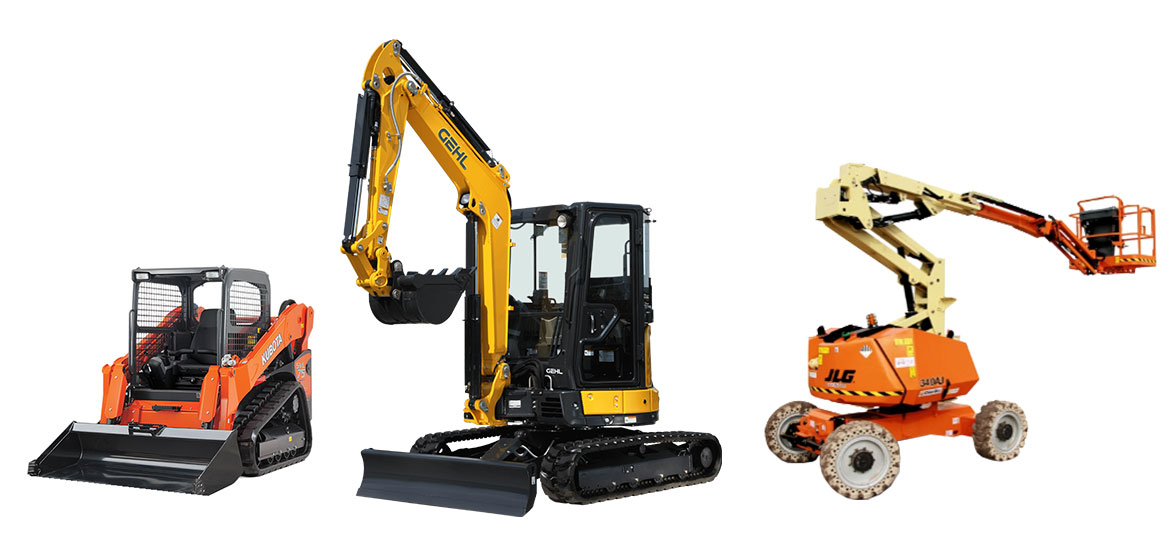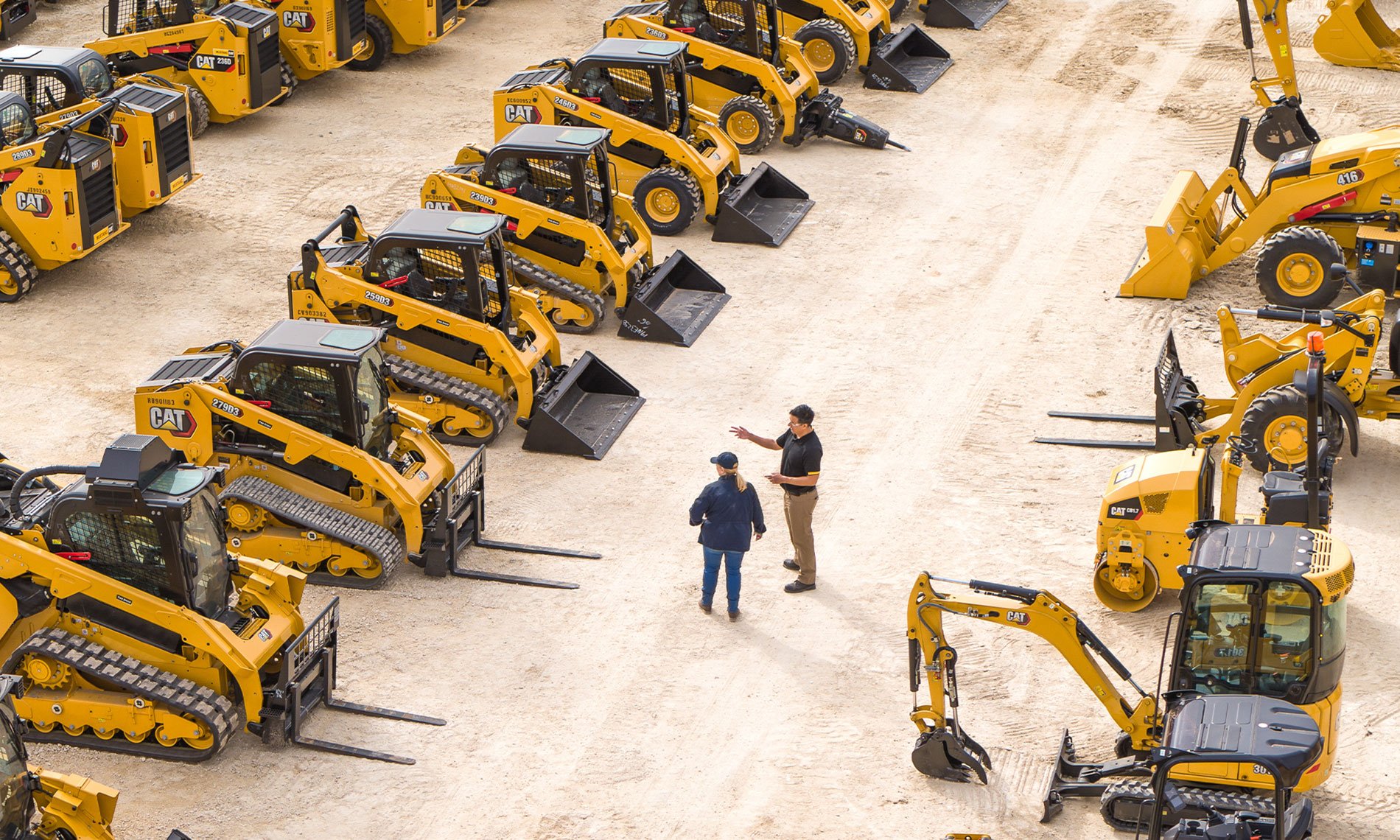Scissor Lift Rental: Safe and Efficient Raising Solutions
Optimize Your Budget by Recognizing the Prices Related To Construction Equipment Services
Understanding the complete range of costs related to construction equipment leasings is crucial for maximizing your spending plan. While the first rental charge may seem straightforward, various added costs-- such as transportation, gas surcharges, and upkeep-- can promptly gather, influencing your financial preparation. Furthermore, recognizing different fees and the intricacies of rental arrangements can help prevent unexpected financial problems. What strategies can be used to successfully handle these prices and make certain a more efficient rental experience?
Introduction of Rental Expenses
When considering building tools rentals, comprehending the linked costs is vital for efficient budgeting and project planning. Rental expenses can vary considerably based upon several aspects, including equipment kind, period of rental, and area. The preliminary rental cost typically mirrors the equipment's market demand and its linked functional capacities, affecting the general cost.
Along with the base rental price, ancillary prices may arise, such as transport fees, gas additional charges, and maintenance charges. It is important to account for these additional expenses to properly evaluate the complete price of leasing equipment. The rental duration can affect rates; longer leasings may certify for discounted prices, while temporary leasings may sustain greater everyday charges.

Break Down of Rental Rates
A thorough understanding of rental rates is vital for contractors and task supervisors aiming to maximize their spending plans. Rental rates for building equipment usually include a number of components, including base prices, time-based charges, and usage fees.
Base rates are the core charges connected with the rental of the tools, frequently established by the type and dimension of the machinery. These rates can vary considerably, influenced by factors such as equipment demand, schedule, and regional market fads. Time-based fees, which may be daily, weekly, or monthly, serve to suit different job timelines and rental durations.
Additionally, rental prices might consist of usage costs, which apply when tools is used beyond a defined limit, guaranteeing that the rental company can account for deterioration. Seasonal need variations can also affect rental rates, with peak construction periods normally regulating higher costs.
Additionally, recognizing the rental firm's plans relating to maintenance and insurance coverage can offer more understanding right into the general price structure. By assessing these parts, contractors can make enlightened decisions, guaranteeing the option of rental equipment straightens with both project demands and spending plan constraints.
Added Fees to Take Into Consideration
Recognizing the details of added charges is crucial for specialists why not try this out to manage their total rental costs properly. Beyond the standard rental rates, numerous auxiliary fees can considerably affect the complete price of tools service. These costs often include distribution and pickup fees, which can vary based upon range and logistics entailed in delivering the equipment to and from the work website.
Furthermore, some rental firms may impose fuel additional charges if the tools is returned with less fuel than when rented. It is also necessary to understand prospective cleaning charges, particularly for customized devices that requires comprehensive upkeep after usage.

Thoroughly evaluating the rental agreement and making clear these extra costs in advance can assist service providers guarantee and avoid unforeseen expenses that budgets continue to be undamaged throughout the task lifecycle.
Repair And Maintenance Expenses
Regular repair and maintenance expenses are typically forgotten factors that can significantly affect the total price of building equipment services. When leasing equipment, it is critical to consider not only the rental fees yet also the potential prices connected with maintaining the machinery in optimum operating condition.
Numerous rental companies include basic maintenance as part of the rental arrangement; however, much more comprehensive repairs or unforeseen malfunctions can bring about additional expenses. It's necessary to examine the rental agreement carefully to recognize what maintenance solutions are covered and what responsibilities fall on the tenant.
Furthermore, equipment that is not well-maintained this hyperlink can lead to More Info inadequacies on the work site, potentially enhancing and triggering hold-ups task costs. To minimize these threats, it is advisable to perform normal evaluations and preserve open interaction with the rental supplier regarding any concerns that occur throughout usage.
Insurance Policy and Obligation Costs
Insurance policy and responsibility prices are essential parts that can significantly affect the total expense of construction tools leasings (boom lift rental). These prices make certain that both the rental business and the client are safeguarded from prospective financial losses arising from accidents, damage, or burglary during the rental duration

Furthermore, customers must understand any type of deductibles or exemptions in the insurance plan, as these can affect possible out-of-pocket costs. Understanding the conditions of any kind of insurance coverage is vital to stay clear of unforeseen prices. Eventually, budgeting for insurance and liability costs can aid ensure a smoother rental experience and safeguard against monetary threats associated with building and construction tasks.
Verdict
In verdict, a comprehensive understanding of the costs linked with building equipment leasings is essential for efficient spending plan management. Ultimately, notified decision-making regarding equipment leasings contributes to the general success of building and construction ventures.
Rental expenses can differ dramatically based on several aspects, including equipment type, period of rental, and location (boom lift rental). The rental duration can affect pricing; longer rentals might qualify for affordable prices, while temporary services could incur higher everyday costs
By performing thorough study and involving with reputable rental firms, specialists can effectively browse the complexities of rental rates, inevitably optimizing their monetary resources.
Past the typical rental rates, different supplemental costs can substantially affect the complete expense of tools service. Rental firms usually supply obligation insurance policy that covers injuries to third parties or damage to property, while tools damages insurance coverage can cover the expense of repairs or replacement if the leased equipment is harmed.